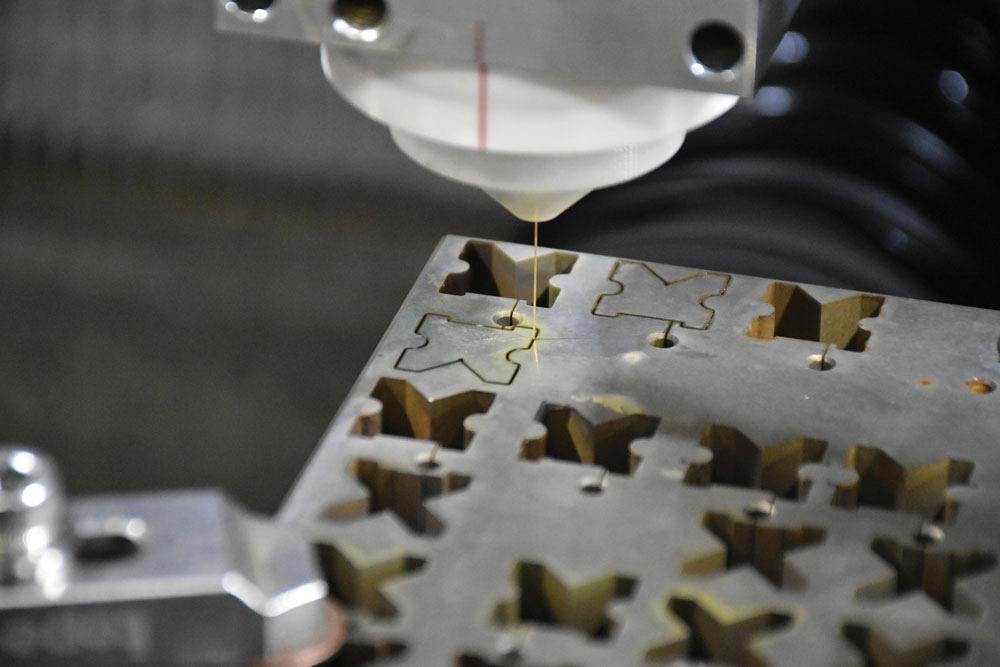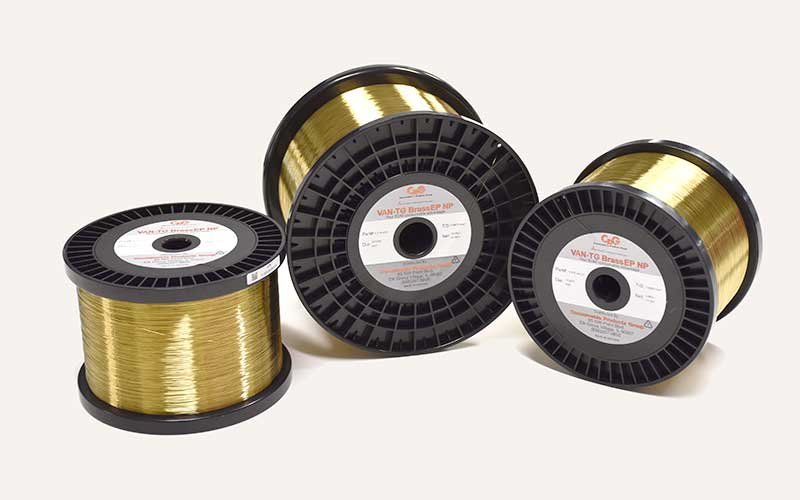what is Manual Turning?
Manual turning is a machining process that involves the use of a lathe, a machine tool, to shape and form materials such as metal, wood, or plastic. In manual turning, the operator controls the lathe’s movements and functions manually, as opposed to CNC (Computer Numerical Control) turning, where a computer controls the lathe.
Here’s a more detailed look at manual turning:
- Basic Concept: The workpiece (material to be shaped) is secured on the lathe, either between two points called centers or attached to a faceplate or chuck. The lathe spins the workpiece around a fixed axis while various cutting tools are applied to it.
- Operator Control: In manual turning, the operator directly controls the movement of the cutting tools. This involves adjusting the position, speed, and depth of the cut by turning handwheels or levers.
- Skill and Experience: Manual turning requires significant skill and experience. The operator must have a good understanding of the material being worked on, the appropriate cutting tools and techniques, and the desired outcome.
- Applications: Manual lathes are used for a variety of tasks including shaping, cutting, drilling, and finishing parts. They are especially useful for one-off tasks, custom projects, or when intricate, hands-on control is required.
- Precision and Versatility: While CNC lathes offer higher precision and repeatability for large-scale production, manual lathes allow for more flexibility and adaptability for unique or complex jobs.
- Tooling: The cutting tools used in manual turning can include single-point cutting tools for shaping and creating specific features, as well as drill bits, reamers, and taps for making holes and internal threads.
- Advantages and Limitations: The main advantage of manual turning is the level of control and immediate adjustment it offers. However, it is generally slower and less consistent than CNC turning, making it less suitable for high-volume production.
Understanding and mastering manual turning requires practice and a deep understanding of the mechanical principles involved, as well as the properties of the materials being machined.
Latest Articles in your inbox
Subscribe to our newsletter to get the newest manufacturing and industrial services articles in your inbox once a week.










